Six months ago, we experienced the first beta version of Android 10 , when Google only released new The function display, the situation of catastrophic, fever and flashback have occurred, and only users who dare to eat crabs can taste fresh.
After six iterations of the beta, on September 4th, Google finally released the official version of Android 10, and our Pixel 3 phone received the update push as soon as possible.

After the trial, we can clearly feel AndrThe oid 10 official version has been improved in many aspects. This time, I mainly talk about a few key points of concern.
Dark theme and global gestures are the most intuitive changes you see in Android 10
At first glance, the main screen of the official version of Android 10 is still consistent with previous generations of systems. If you want to change the flavor, you can turn on the “dark theme” switch, which is what we often call “dark mode.”
After that, the interface buttons of the drawer menu, settings and applications will change from “black on white” to “white on black”. The problem of reverse white and reverse color that I encountered in the internal test version. Also, they have been corrected in the official version system.
▲ Dark mode does save more power than an all-white background, which is related to the OLED screens that most mid- to high-end smartphones are using
However, the current Android 10 dark mode is limited to the system interface and some of Google’s own applications, most third-party applications, as well as domestic mainstream applications such as WeChat and Weibo, have not yet supported the new dark theme. In other words, what you see in these apps is still a white background.
Consider that many custom Android systems have joined the system-level dark mode, and Apple iOS 13 is also promoting third-party developers to adapt to the dark theme as soon as possible, I believe that after another month or two, the application’s adaptation situation Will be better.
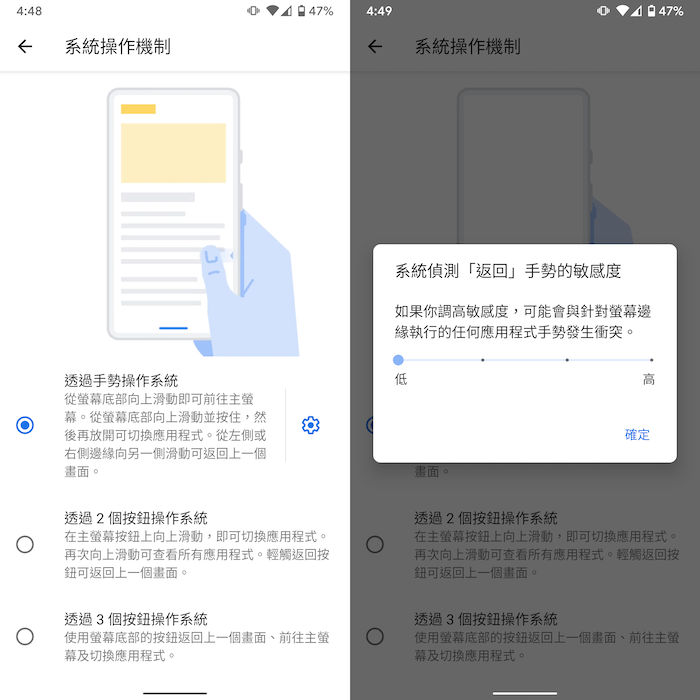
▲ Sliding back gestures can adjust the sensitivity of the trigger
Interaction is another big visual change for Android 10. Google started introducing global gestures in the third version of the beta system. When the user is enabled, the virtual buttons and the bottom of the screen will no longer appear. The navigation bar will only have one indicator bar left. The operation logic of sliding back to the main screen and sliding back to the previous layer is also consistent with iOS.

▲ The rebound effect of the icon looks very dynamic
It is worth mentioning that compared with the internal test version, the Android 10 official version of the gesture recognition accuracy has been significantly improved, and some of the return effects have also been adjusted. For example, when you slide back to the main screen, you will see that the icon has a small rebound effect, and more intuitive to see the change of interaction.Chemical.
In addition, in the operation of “sliding the navigation bar left and right, switching multitasking quickly”, the operation of the previous test version is also very blunt, and the official version has become quite a lot. I basically have no “card player”. Case.
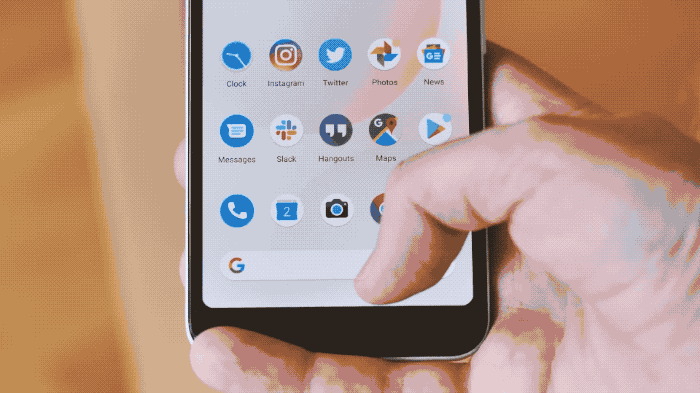
▲ Image from: Android Central
In general, after several versions of fine-tuning, the Android 10 gesture can basically replace the original virtual button operation.
Even if there are a lot of vendors that imitate iOS gestures now, they are more or less lacking in fluency, hand level and motion, and Android 10 should be the one I have experienced so far. The gesture action closest to the iOS effect.
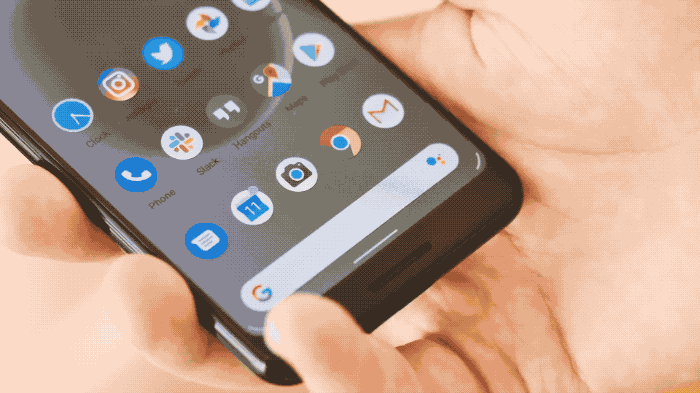
However, new gesture interactions have also spawned new questions, as stated in the previous article, the most immediate impact is gestures. Conflict between the operating area and some application menus.
One is a conflict between a Google assistant and a swipe gesture. Now, Google Assistant can only be swiped from the corner of the screen to call out. In order to reduce the user’s understanding threshold, every time you return to the main screen, you can see two small curves on the left and right edges of the screen, that is, the callout area, 2 It will disappear automatically after -3 seconds.
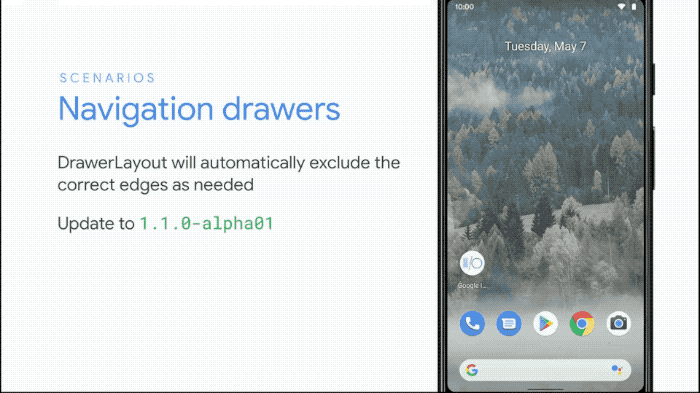
▲ For applications that use the sliding drawer bar, Google gave a plan at the I/O conference. When the user slides, the menu bar can be called out preferentially, and then the secondary side slides to return to the operation
Another issue is the conflict between the “sliding drawer” and the “sliding back” gestures. The former is one of the design specifications for Android applications. Once the gesture is enabled, you can only click the top left corner to call out the sliding menu of these applications. It is more difficult to switch to the Pixel 3 XL with a larger screen.
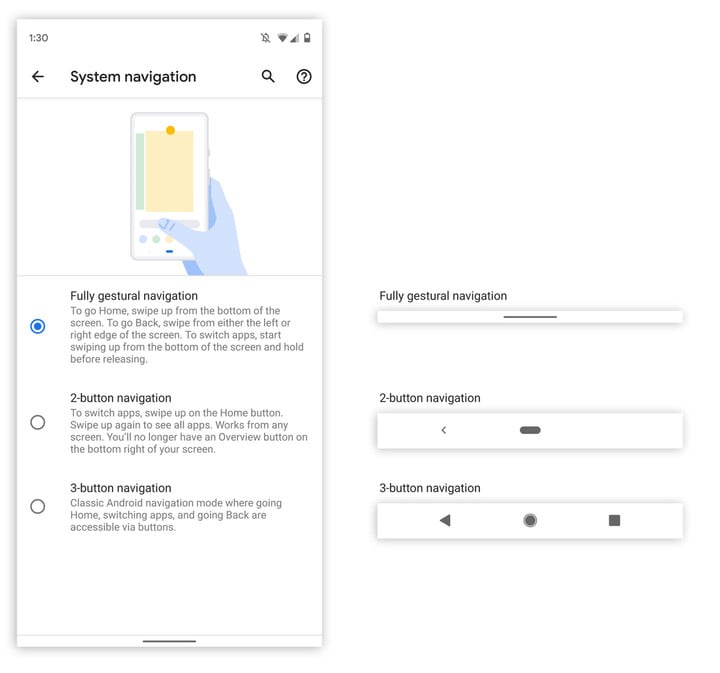
▲ Image from: Arstechnica
If you are still not used to gestures, Android 10 also retains the traditional three-button and Android P era two-button design, you can modify it at any time in the settings.
The notification bar and permissions management are getting better, and the new focus mode is added
Artificial intelligence is at the heart of Google’s emphasis in recent years. On Android 10, Google tried to apply machine learning technology to two features.
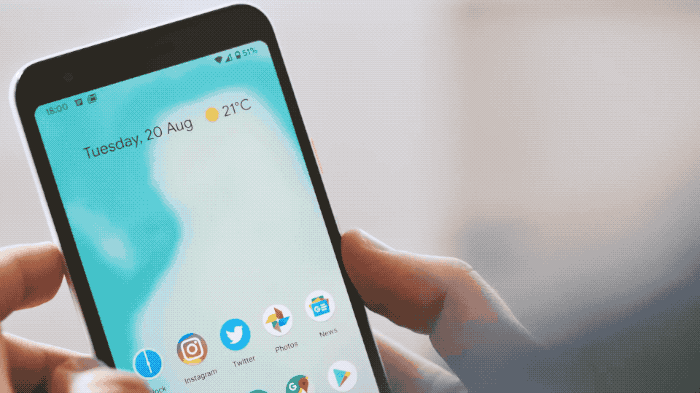 < /p>
< /p>
The first is the drop-down notification bar. The new “smart reply” can automatically give some emoji expressions or “thank you” based on the short message or email content. You can get a quick reply with just one click.
In addition, if the address or video information is included in the message, an application button such as a map pops up in the notification bar, which is equivalent to a fast-jumping hyperlink.
It can be seen that Google also wants to further extend the portal of the app, rather than just finding the icon and then clicking on the app.

Secondly, the “Live Caption” real-time captioning feature automatically caps the video or audio being played on the phone, including not only YouTube and Instagram, but also videos taken by the user to facilitate hearing impairment. People better understand audio video.
Moreover, this kind of audio recognition runs in a completely offline environment, so user data is not uploaded to the cloud. This feature will be pushed to the Android 10 system this fall.
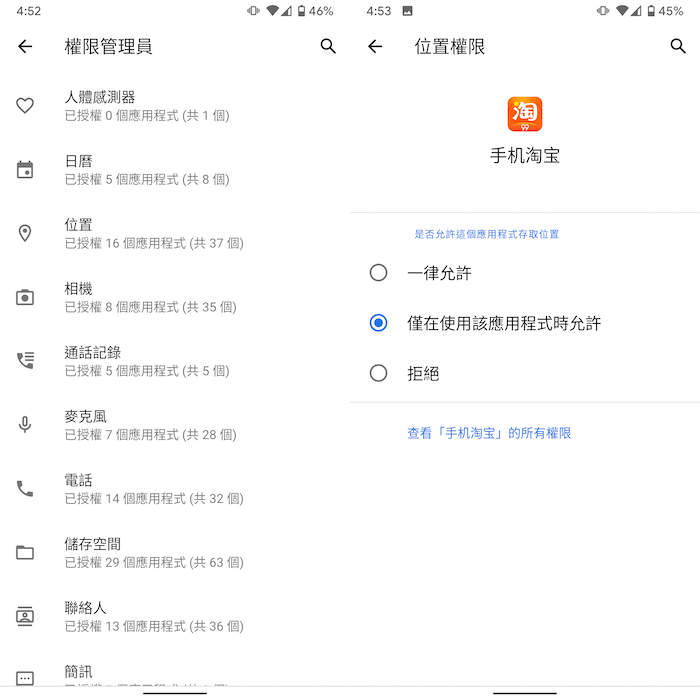
▲ For third-party applications such as takeaways, taxis, and map navigation, more granular targeting management is required
The Android 10 system also enhances security and privacy. Sensor calls like GPS positioning, camera/microphone, camera, etc. all have more granular rights management.
If some third-party apps are calling non-essential permissions, the system will also send a notification to alert the user that I have encountered it several times in the beta experience.
In addition, this year, Google also launched the “Project Mainline” project, which aims to separate the common interface modules in the Android system that involve security and privacy, such as OpenGL, and manage them separately. In the future, the official can be repaired directly through the Google Play Store. Vulnerabilities without having to wait for a major version of the system update every time.
▲Google has moved many Android pre-installed apps to the Play Store for frequent updates
This strategy is also used in system applications that come with Android. In the past few months, I have been receiving updates for basic applications such as text messages, phone calls, photo albums, etc. almost every 1-2 weeks, which means users can use new features before the system is updated, and keep it even more. Fast update frequency.

Finally, the digital health app for recording usage habits has also added a “focus mode”, which is similar to the Zen Mode built into the phone. You can choose the one you want to block. App, then each time the “Focus Mode” is turned on, these blocked app icons will be grayed out and cannot be opened, reducing the time you spend working to fish.
Android 10 no longer has a dessert name suffix, it wants to be more grounded
Before the release of Android 10, Google has announced a significant adjustment – the tradition of using the dessert name as an Android system suffix It was abandoned, and the text logo of “Android” also changed from green to black, and the classic robot avatar was fine-tuned.
The reason for this is related to Google’s desire to lower the threshold for popular users to understand the Android system.
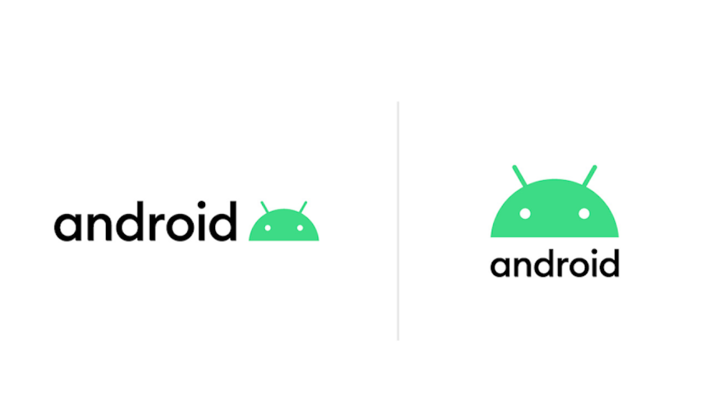
▲ The new Android logo and little green man avatar.
In the past, you could see at least 3 namings in every generation of Android. For example, Android P, you can call it “Android P” or “Android Pie”.
Some media and users tend to use the digital suffix “Android 9”, which reminds people of the “G+ number” used to name HTC mobile phones, because many people simply don’t ask the official The independent English word refers to which mobile phone.

▲ Desserts for Android
Google Officials also highlights in blog posts if a new user is unfamiliar Android’s dessert name rules, basically can not distinguish between the old and new versions, not to mention that not all desserts are popular with the public, but at least the figures are universal.
“Android is already a global brand, and its use in India and Brazil is even higher than in the US. If we continue to name the desserts with English words, it is obviously not appropriate.” Android brand director Aude Gandon explained Road.
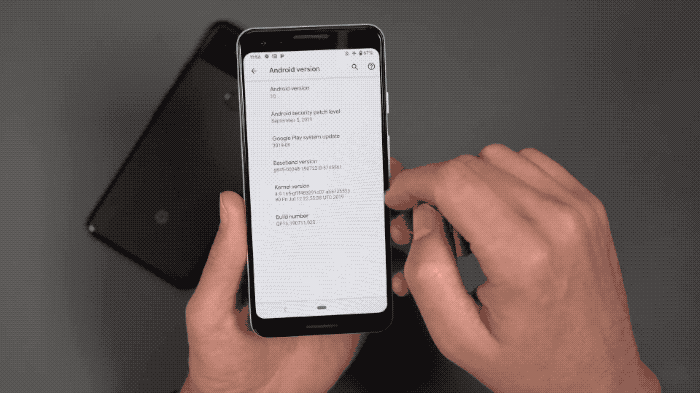
▲ Routine Eggs
In order to downplay the concept, from this generation of Android, it has only the name “Android 10”, and next year is naturally “Android 11”, and so on.
Google hopes to take this change to make Android more accessible and welcome its next billion users.
But Google, which should have dominated control, is now a passive party
The “fragmentation” problem of Android system has plagued Google for a long time. Last year, Google introduced the “Project Treble” mechanism, and cooperated with chip vendors to undertake some of the underlying writing work, thus speeding up the adaptation efficiency of other custom Android systems.
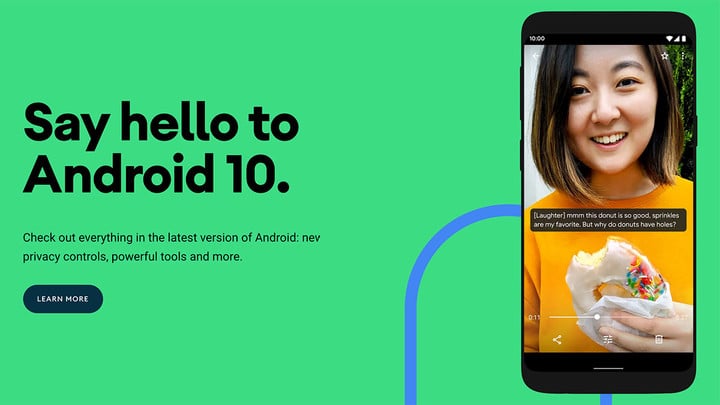
The new mechanism does bring about good changes. In fact, today’s Android 10 system update device is not only Google’s own Pixel series, such as Essential Phone, Redmi K20 Pro and One Plus 7 series have also released the update package for the first time, most of the mainstream manufacturers for the underlying The speed of entry is also much more positive. It is in stark contrast to the slow response in previous years and the fact that it will be pushed every 1-2 quarters.
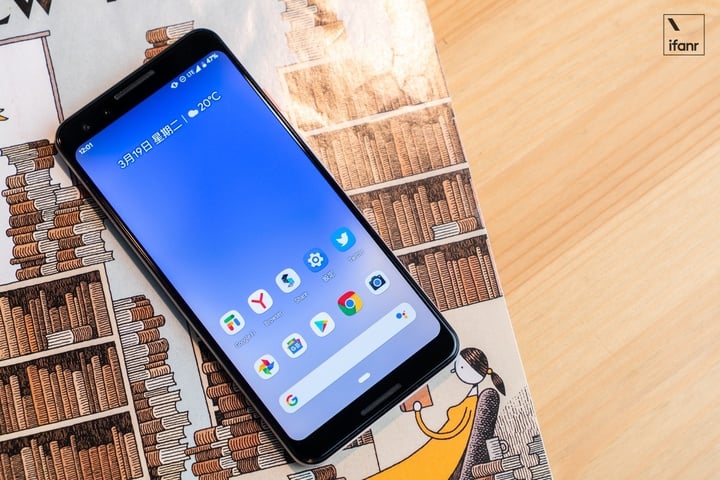
However, Google’s control over custom Android systems seems to stop here. For most domestic mobile phone manufacturers, they will continue to do their own functions, build an independent account system, develop app stores and various service.
Native Android and custom Android systems are already in two worlds. Even in the open system, Google, as the ecological leader, should strictly control the iteration of the core functions of the Android system, such as operational logic, but now it is more Like the party being pushed.
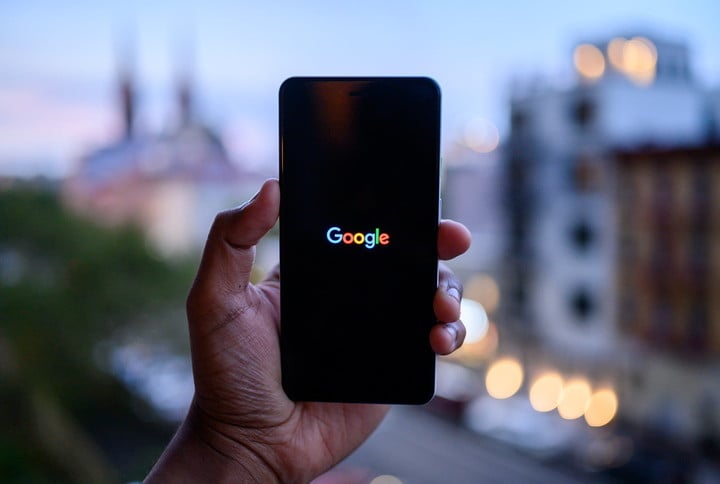
▲ Image from: Digital Trends
The gestures and dark modes that appear in Android 10 are good examples. To be honest, for most domestic Android users, the two are not very new features, because they already exist in custom Android systems such as MIUI, EMUI and Flyme, and some are even more comprehensive than native Android. And also better.
Even Google itself admits that the Android 10 gesture interaction R&D is forced to speed up because the team sees “Many OEM equipment manufacturers areDoing your own gestures interacting, but the complex interaction logic is not conducive to third-party developers, which means that everyone’s application needs to adapt to multiple versions.
It is foreseeable that with the high concentration of the smartphone market, there will be more such “single fights”. When device manufacturers start to maintain their user base with more savvy extension services, what choices does Google and its Android system make?
Source of the title: Android Central
